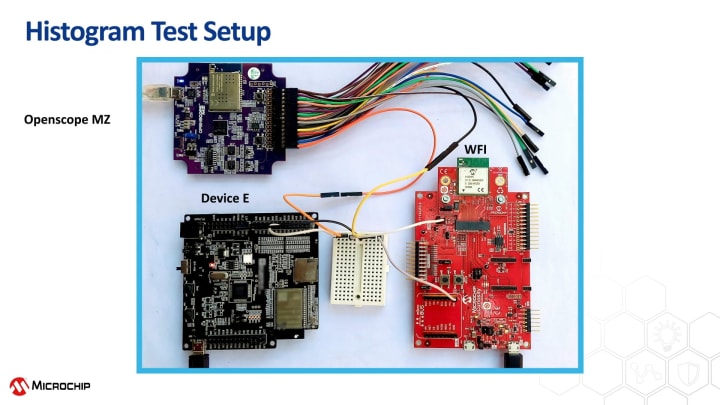Need Help?
Privacy PolicyLive Chat
Sensing applications to monitor temperature, humidity, air quality, moisture content and lighting levels are used across a wide spectrum of commercial and consumer designs. The trend to deploy wireless sensors is accelerating. Wireless sensors have distinct advantages over wired sensors, including their low installation cost and rapid scalability. Wireless sensor networks also eliminate the need for expensive retrofitting of the wiring in existing buildings. These systems can be programmed to email or text warnings.
Wireless sensor networks can be used to monitor campuses, office buildings, manufacturing plants and residential homes. The possible applications are nearly endless. Consider monitoring food temperature across a line of distributors and grocery stores. Freezers and coolers can be conveniently and reliably monitored, alerting staff to fluctuations before costly spoilage occurs. Common applications for residential homes include monitoring for carbon monoxide or water in basements.

Wi-Fi® Modules and Sensor Networks
Understanding ADC Performance in Wi-Fi MCUs
PIC32MZ W1/WFI32 comes with a power packed 12 bit ADC that can reduce design complexities in your connected designs. This video showcases the performance characteristics of this ADC in comparison with similar devices in the market.

Understanding ADC Performance in Wi-Fi MCUs
PIC32MZ W1/WFI32 comes with a power packed 12 bit ADC that can reduce design complexities in your connected designs. This video showcases the performance characteristics of this ADC in comparison with similar devices in the market.

Curiosity Board Garage Door Demo
WFI32 Garage Door Demo
Garage Door Demo with voice commands, based on WFI32 Out of the Box Curiosity demo developed with MPLAB X IDE and MPLAB Harmony v3.

WFI32 Wi-Fi® MCU Module Development Tools Introduction
WFI32 Wi-Fi® MCU Module Development Tools Introduction
Along with the widely adaption of IoT technology in industrial areas, like logistics, heath care, utility, and high-end manufacturing, IoT designers are paying more attention at improving the reliability, security, and functionality of the IoT system design, because reliable and robust IoT data is critical to improve the efficiency of operations, quality of services, and business income.
Microchip’s highly integrated WFI32 Wi-Fi MCU module is safe, powerful, and reliable IoT platform, which can be used to design various industrial IoT systems with high-performance MCU capabilities and robust and safe IoT connection.

WFI32 Out of the Box Curiosity Board Demo
WFI32 Out of the Box Curiosity Board Demo
Unbox the new WFI32E01 Curiosity evaluation board to see how to connect to the cloud securely. Then interact with features on the board with Amazon Alexa.

Introducing Microchip's WFI32 Wi-Fi 32-bit MCU Module
Introducing Microchip's WFI32 Wi-Fi 32-bit MCU Module
This video introduces Microchip’s first Trust&GO Wi-Fi® 32-bit MCU, which has market leading MCU functionalities and is pre-provisioned for cloud platforms.